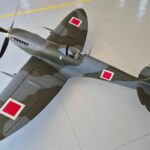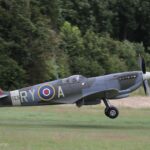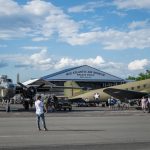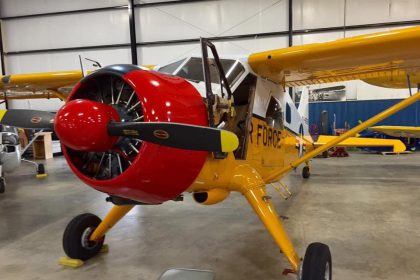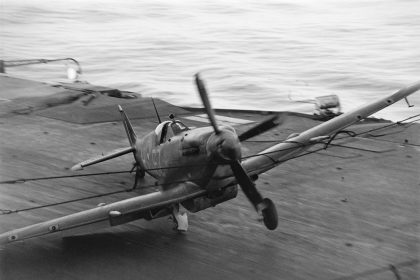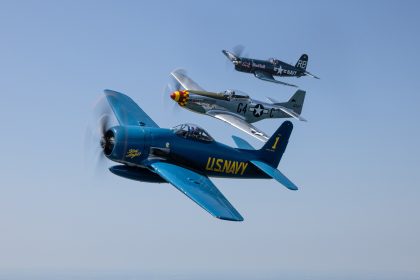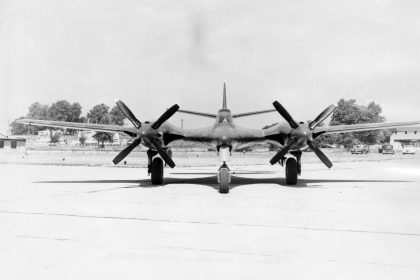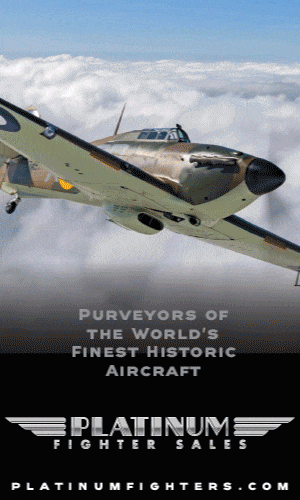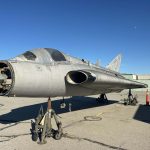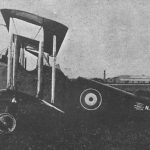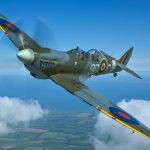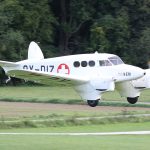A striking new addition has landed at Turkey’s MSÖ Air & Space Museum. On May 8th, a Flugwerk FW-190A8/N completed its transatlantic journey from the United States, where it had been painstakingly restored, and is now set to take its place among the museum’s growing roster of historic warbirds. In January 2025, Ali İsmet Öztürk—a versatile aviator and the owner of the M.S.Ö. Air and Space Museum in Türkiye (www.msomuseum.com)—acquired this particular Focke-Wulf FW-190 from Dan Kirkland in California, USA. Following an extensive transportation process lasting nearly two months, the historic aircraft arrived at the museum’s restoration hangar, located at the Sivrihisar Aviation Center in Türkiye.
The FW-190 joins an impressive lineup that already includes such notable aircraft as the former Duxford-based North American P-51D Mustang Ferocious Frankie, Supermarine Spitfire Mk.IX TE517 (c/n SH/CBAF.IX558), and the beautifully preserved 1940 Douglas DC-3 known as Turkish Delight. The museum, located in Sivrihisar, continues to cement its reputation as one of the premier destinations for aviation heritage in the region.
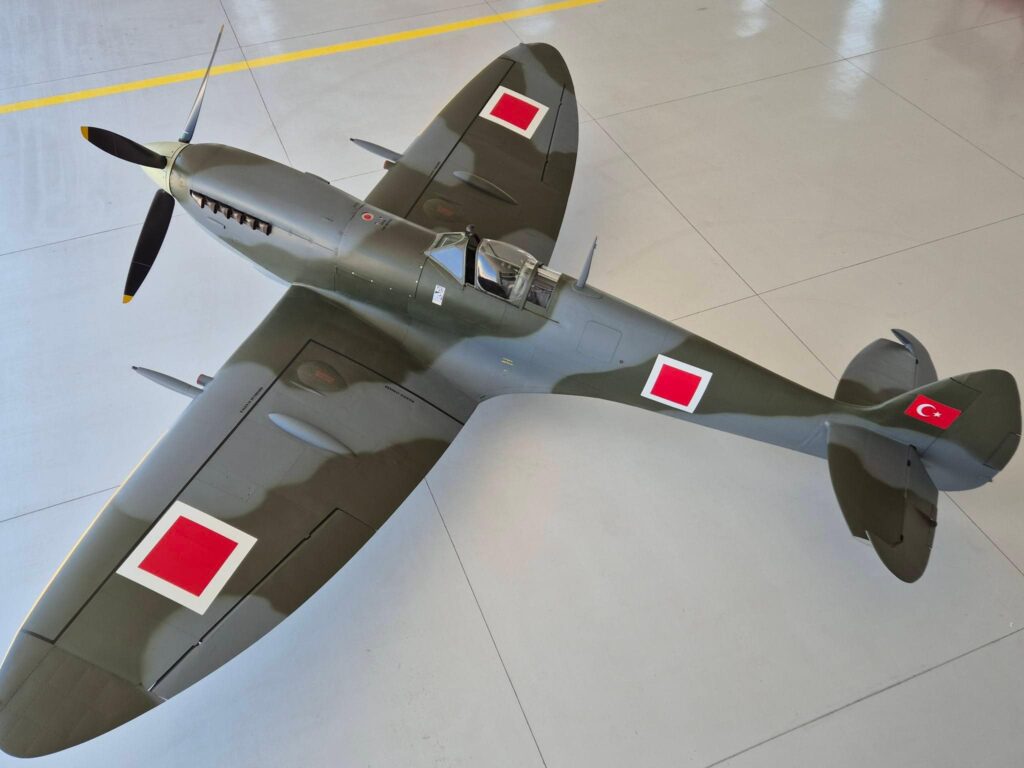
The story of this particular FW-190A8/N begins with the wreckage of a wartime Focke-Wulf Fw 190A-5, which had crashed in France during the Second World War. American warbird enthusiast Dan Kirkland acquired the remains and began the long process of returning the aircraft to flight. Working in collaboration with Flug Werk—builders of reproduction FW-190s—and the restoration experts at GossHawk Unlimited in Casa Grande, Arizona, the aircraft was rebuilt using original components and newly manufactured parts.
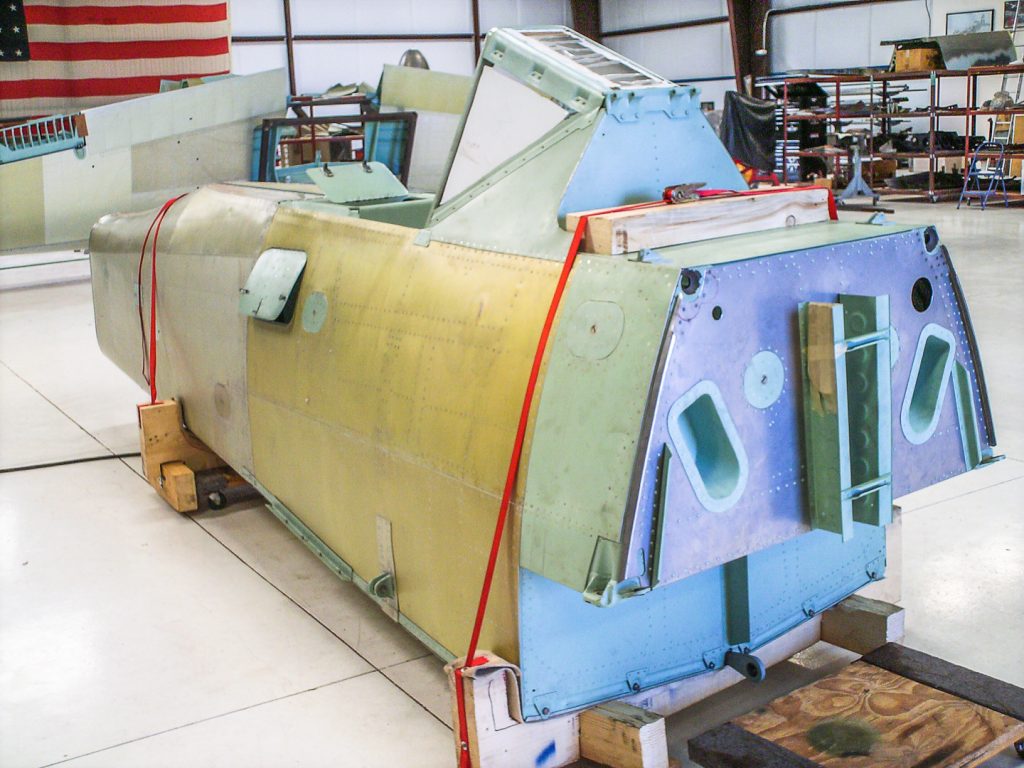
The restoration process was anything but straightforward. The aircraft, a reproduction variant built by Flug Werk, relies on a modern Russian Ash-82 radial engine in place of the original BMW 801, paired with a custom MT Propeller unit. This substitution, while mechanically necessary, required extensive modification to fit and operate reliably within the airframe. Much of GossHawk’s restoration work involved reengineering components to ensure proper alignment and performance. The wing leading edges, for example, required a complete overhaul. Custom fillets had to be fabricated onsite to replace ill-fitting kit parts, and the landing gear system had to be reworked—including trimming wheel wells and designing new gear doors from scratch—to achieve airworthy functionality.
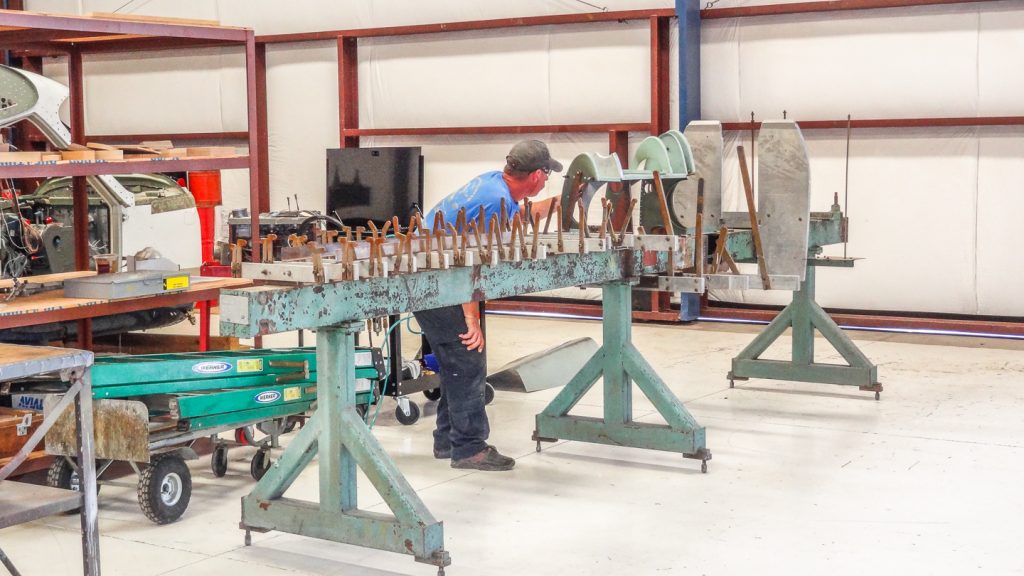
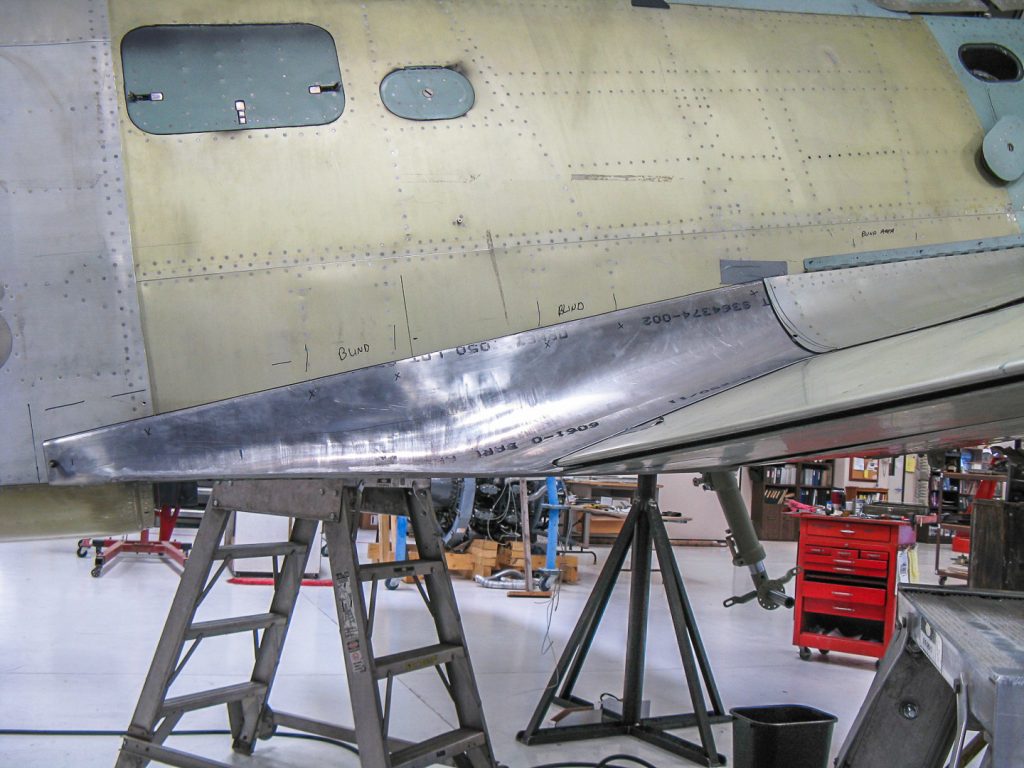
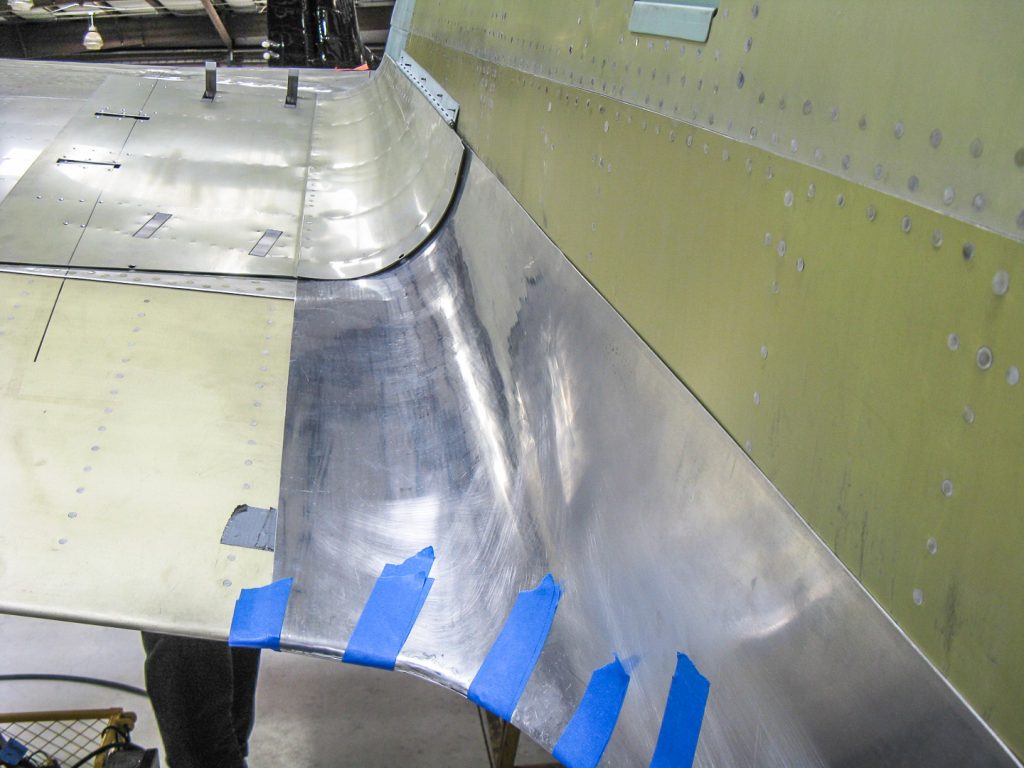
The aircraft first returned to the skies in 2011, then again in 2015, with former Luftwaffe pilot Klaus Plasa at the controls. You can read our article HERE. It is currently painted to represent the aircraft flown by famed German ace Josef “Pips” Priller during his dramatic sorties over the D-Day beaches on June 6, 1944.
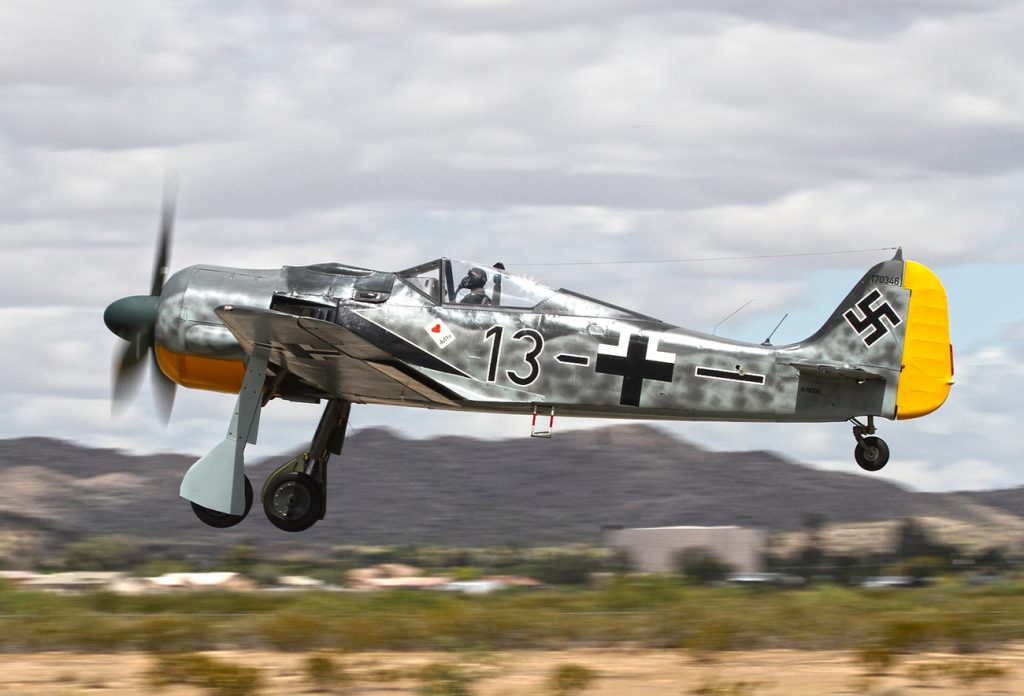
The addition of this fighter fits perfectly with the mission of honoring Turkish Aviation heritage. Several European air forces flew small numbers of Focke-Wulf Fw-190 fighters after WWII, either leftover ex-Luftwaffe planes or (in France) a brief production run. The only military to fly original-order German factory-build Fw-190s in full squadron service after the war was Turkey. During World War II, Turkey acquired 72 Focke-Wulf Fw 190A-3a fighters from Germany between July 1942 and March 1943, in exchange for chromium and high-grade iron. These aircraft, nearly identical to their Luftwaffe counterparts but with some modifications, were assigned to the 5th Fighter Regiment at Eskişehir Airbase. Turkish pilots appreciated the Fw 190’s performance, and the aircraft remained in service until 1949. Post-war, Turkey’s air force expanded with British and American aircraft, leading to the retirement of the Fw 190s. Speculation exists that instead of being scrapped, some of these fighters were buried at Kayseri Airbase, though this remains unconfirmed.
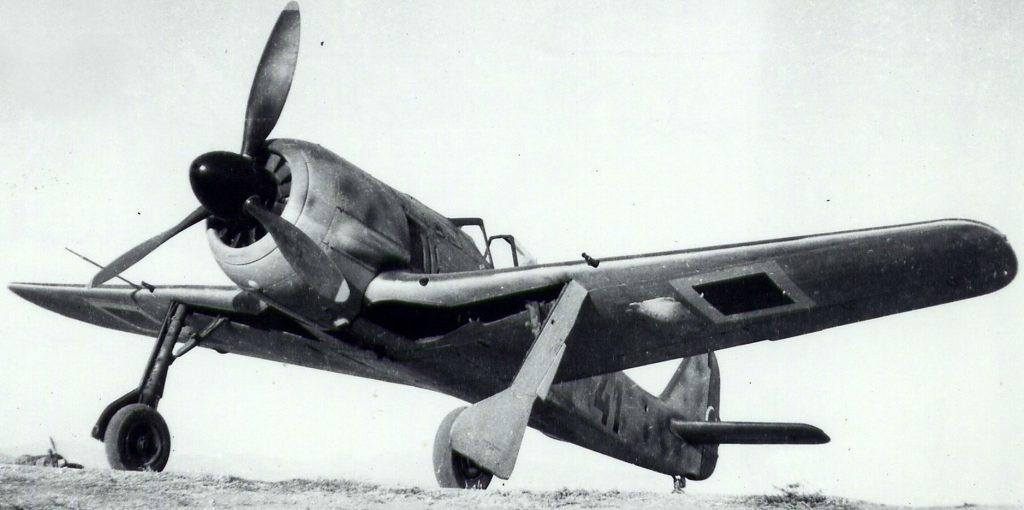
This rare and historically significant fighter is now set to undergo a meticulous restoration by expert craftsmen at the M.S.Ö. Air and Space Museum—the same facility responsible for maintaining an impressive fleet of airworthy classics, including the P-51 Mustang, Spitfire Mk IX, T-6 Texan, T-28 Trojan, and DC-3 Skytrain. Once restored, the FW-190 will join these aircraft in active flying condition and take part in international aviation events, including the annual SHG Airshows (www.shgairshows.com) hosted by the Sivrihisar Aviation Center (www.shm.aero), as well as other multinational airshows around the world.

The FW-190 holds particular historical significance for Türkiye, having been operated by the Turkish Air Force between 1942 and 1947. Nearly 70 of these fighters were flown by Turkish pilots, who admired the aircraft for its agility and performance. “Now, nearly 90 years later, the FW-190 returns to Türkiye, where it will be restored in the original Turkish Air Force livery, complete with the iconic “Kare Fors” emblem. The restoration is expected to take approximately 10 months, with the aircraft slated to debut at the SHG Airshow in 2026” said Ali İsmet Öztürk
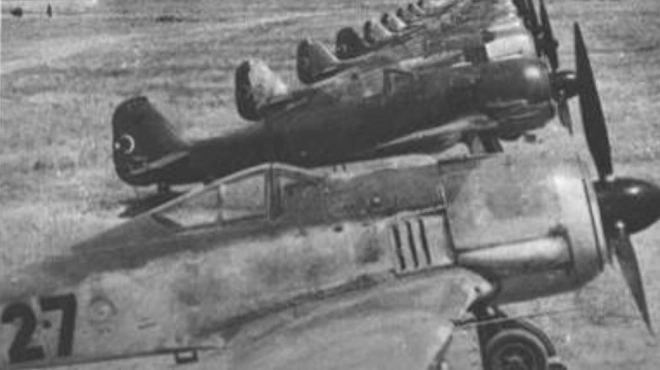
With its arrival in Turkey, the FW-190A8/N not only adds a rare and historically significant aircraft to the MSÖ Air & Space Museum but also serves as a testament to the global dedication to preserving aviation history. Its long journey—from a wartime wreck in France to the Arizona desert, and finally to its new home in Sivrihisar—underscores the collaborative spirit and technical expertise required to keep the legacy of classic warbirds alive. For more information about the MSÖ Air & Space Museum Collection, visit www.msomuseum.com












